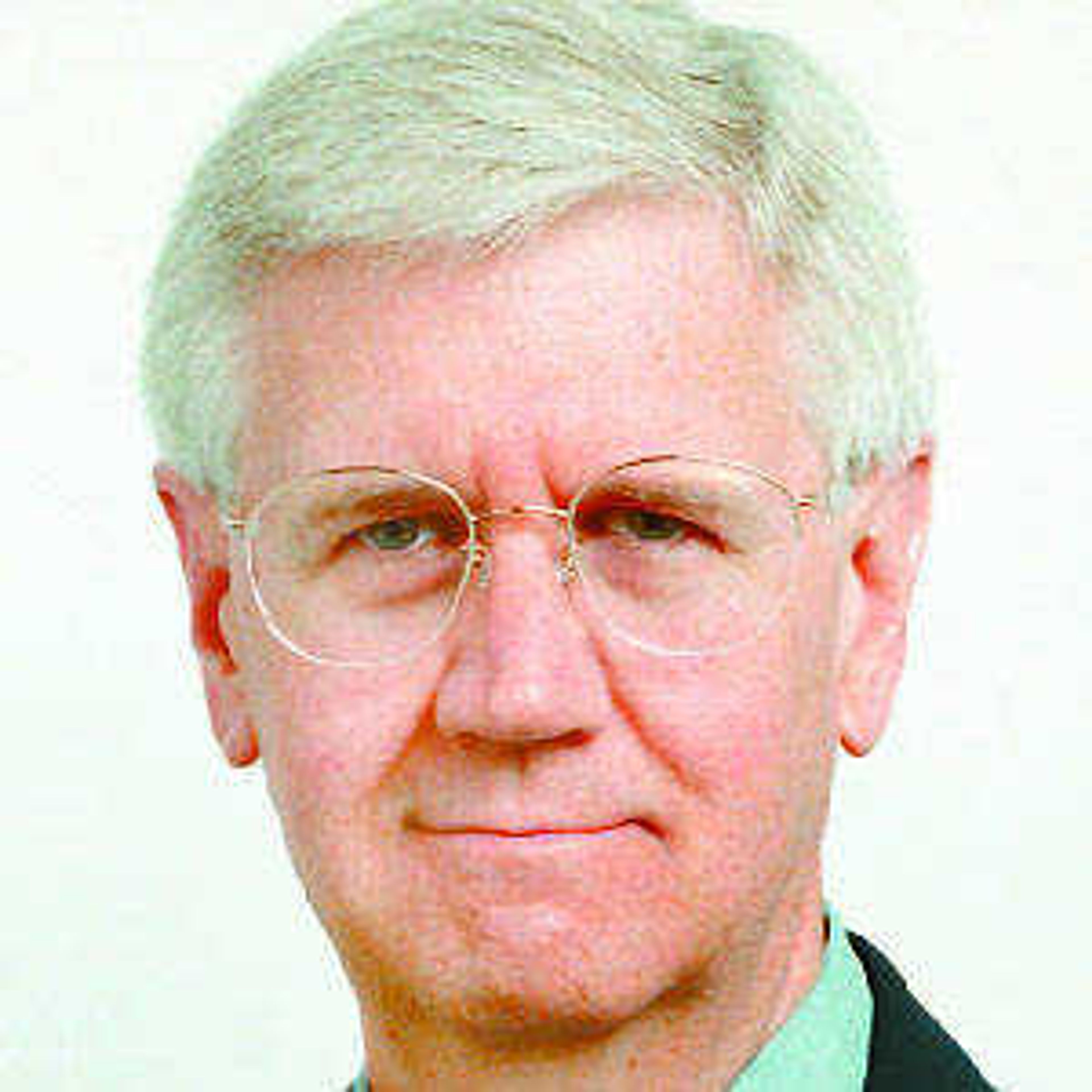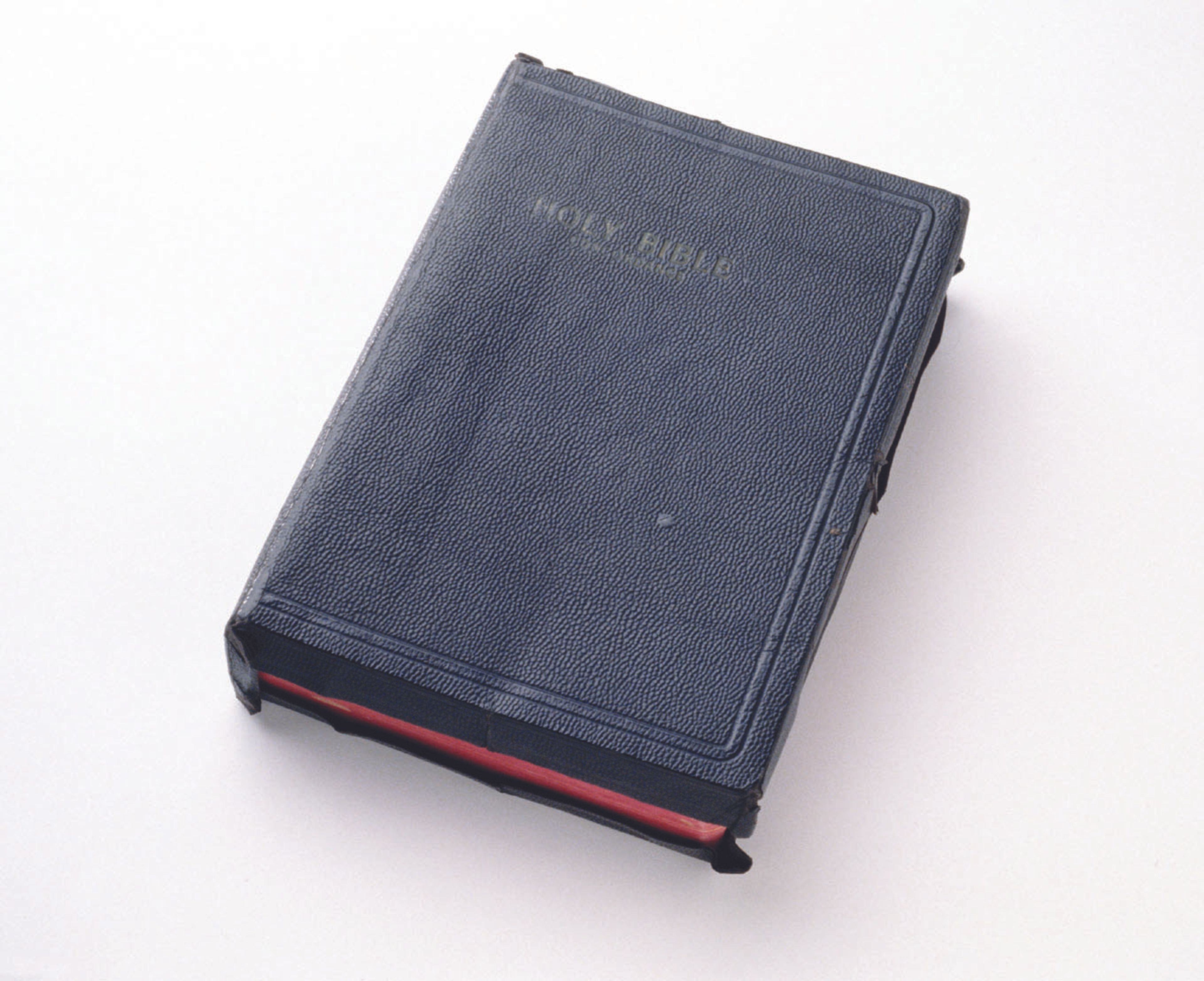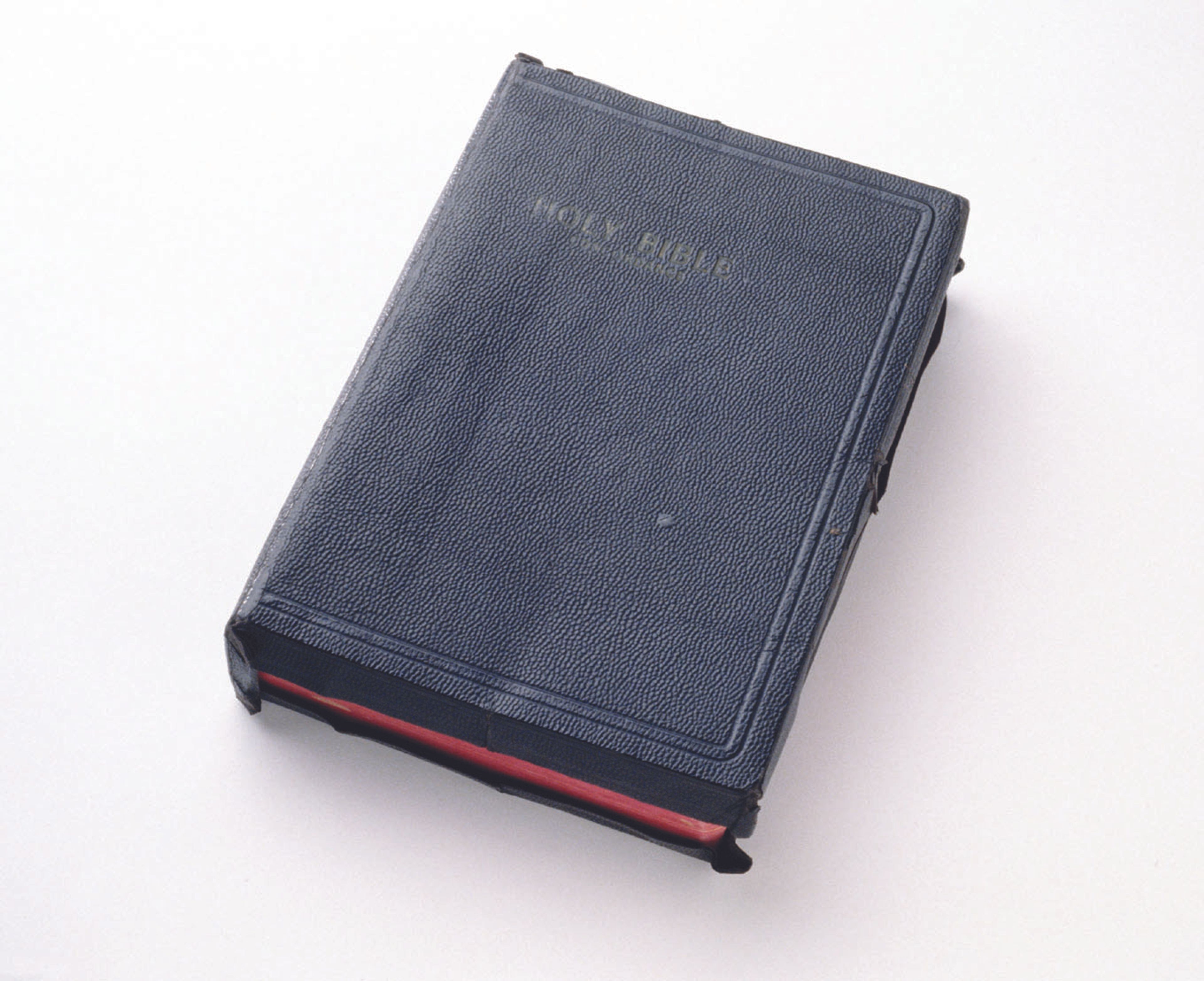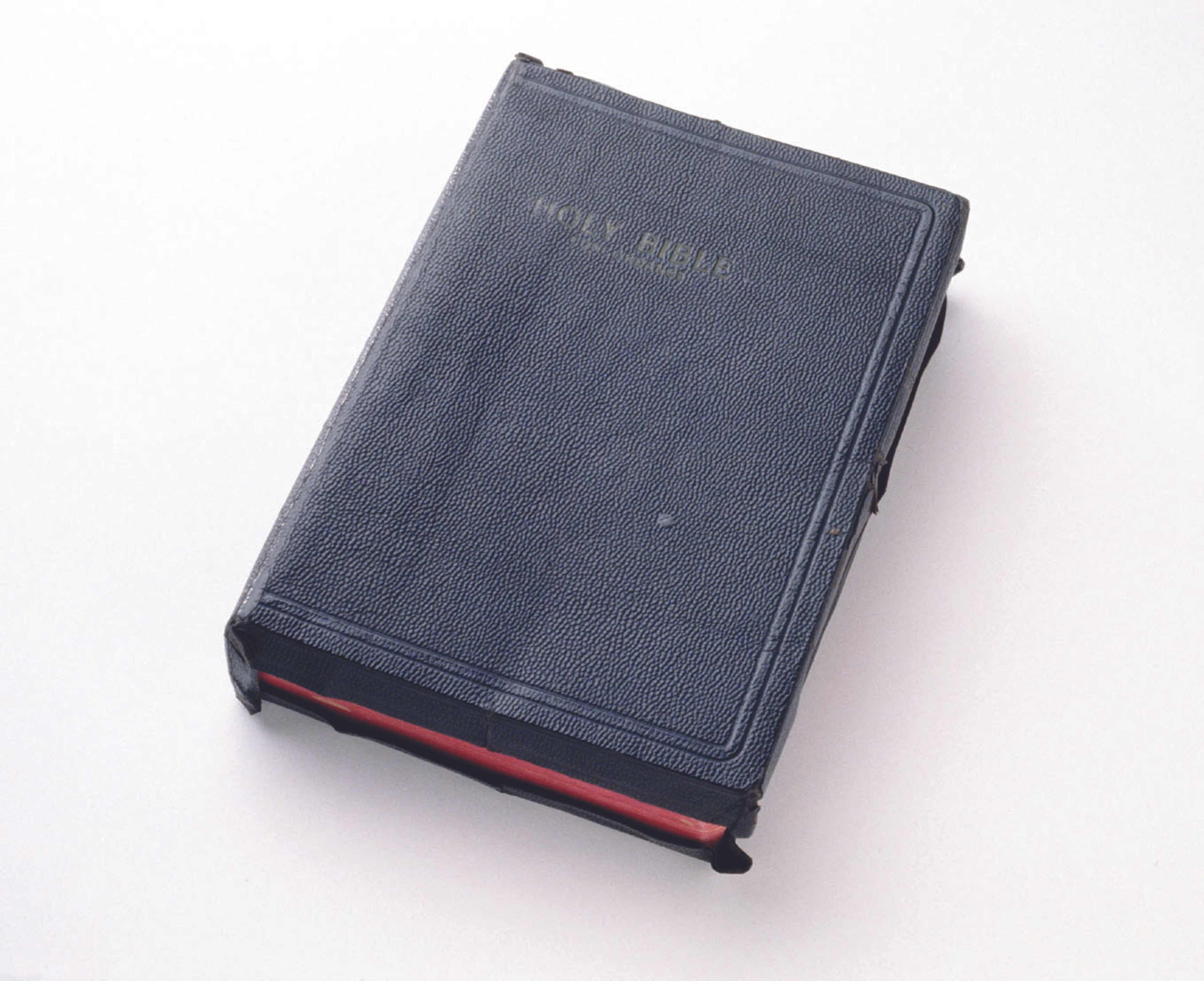I've been a reader most of my life -- but not all of it. I remember my mother reading to me before I learned to read. And I remember Mrs. Rayfield's voice when I and other first-graders at the one-room Shady Nook School first heard:"Dick. See Dick. See Dick run."
Pretty soon we were headed down the reading road, following the lives of Jane, Sally and Spot. After that, there was no stopping.
Shady Nook was not an affluent suburban school in a well-equipped school district. It was a white frame building with no electricity, no running water and potbellied stove in the middle of the room. The school was nestled in the Ozarks where fields stretched along valleys etched with creek beds. Some of the creeks were fed by springs. Other creeks only carried water after cloudbursts.
The reading books we used were bound in paper. Some of the textbooks used by the upper grades were hard-bound. Most of the books with hard covers were kept in a large cabinet against the back wall of the schoolroom. This was the early 1950s, and the newest books in the cabinet were at least 20 years old. A set of encyclopedia all the way from A to Z anchored the bottom shelf.
On another shelf was a set of books featuring the Sugar Creek boys. These books were religious in nature. Each book was a gripping story of facing one of life's tests and meeting it head-on with the help of Christian perseverance and, ultimately, the salvation of one's soul. The point of each book was simple. To get to heaven you had to be saved, and smart boys who could resolve complicated plot twists were all saved. Ergo, any boy reading these books would, by the last page, be looking for the nearest revival.
Christian soul-saving books in a public school's "library"? It's hard to say whether the books about the Sugar Creek boys were put in the cabinet with taxpayer dollars or from donations to Shady Nook Church. That's what the building was on Sundays and, at least once at year, during nightly revival meetings that lasted a couple of weeks.
You know what? It didn't matter to anyone at the time. Not in the least. Schools were for reading and writing and multiplication tables. Churches were for staying out of hell. That was the sales pitch in those days. It worked.
For an only child growing up in a family whose closest neighbor was a mile up the road, books were a way to leave Killough Valley for a while. I can't imagine not reading. During a visit last fall my wife and I found Monticello's gift shop littered with Thomas Jefferson's quote to John Adams: "I cannot live without books." He was, among other things, a farm boy too.
I, like so many of you, have always loved the smell of a new book. the heft of a novel, the orderly rows of words marching across a page. For well over half a century it never occurred to me that I might someday use an electronic device to read a book. I resisted for quite a while. Then my wife fell in love with her Kindle. I succumbed when I got an iPad.
Books are still books, no matter how they are presented. Reading is still a pleasure that requires no dues, no uniforms, no committees. If you've read this far in this column it's a pretty good bet that you're a reader. Enjoy!
As for me, I wonder what those Sugar Creek boys are up to these days.
Joe Sullivan is the retired editor of the Southeast Missourian.
Connect with the Southeast Missourian Newsroom:
For corrections to this story or other insights for the editor, click here. To submit a letter to the editor, click here. To learn about the Southeast Missourian’s AI Policy, click here.









